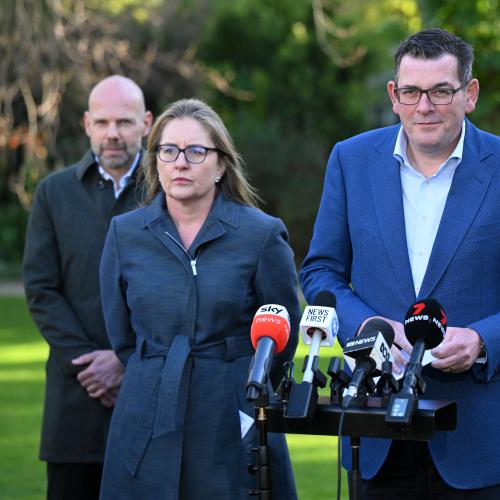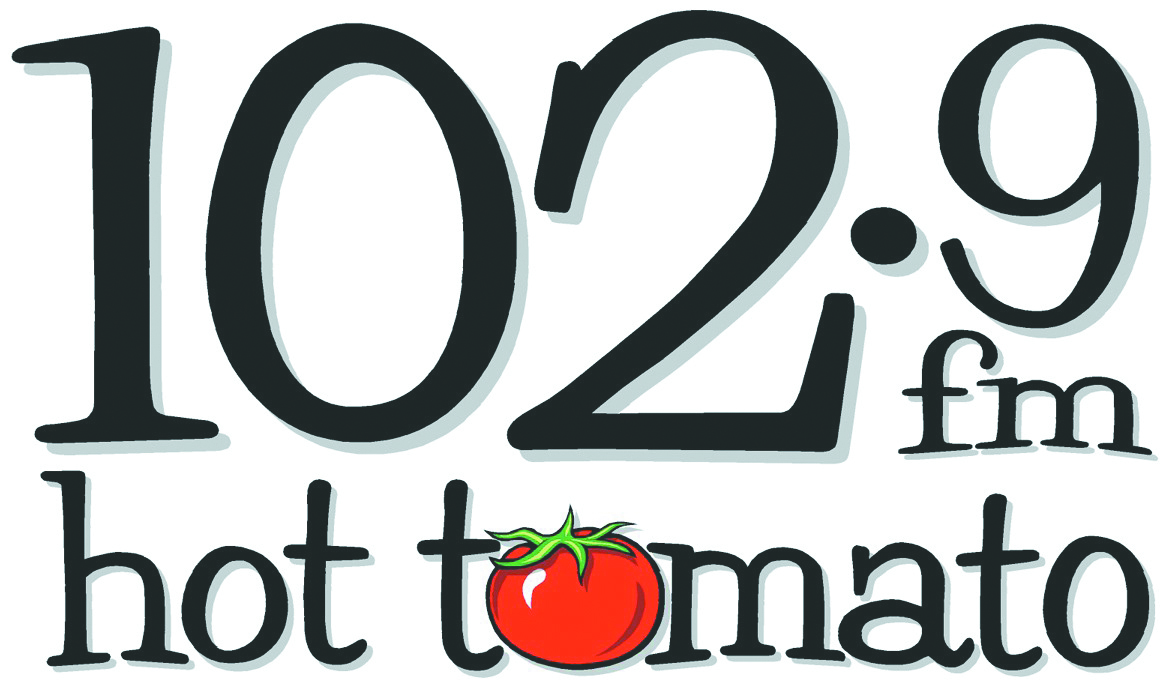Aggressive interest rate hikes are doing little to solve supply-side drivers of inflation, a prominent economic advisory group warns.
Deloitte Access Economics forecasts suggest the central bank has already lifted rates too far in the fight against sources of inflation over which it has minimal influence, only serving to dampen Australia’s economic growth outlook.
The group has repeatedly urged the central bank to end its tightening cycle and maintains it has done too much.
The Reserve Bank of Australia opted to keep interest rates on hold in July, after 400 basis points of tightening aimed at taming runaway inflation since May 2022.
Lead author of the updated set of forecasts, Stephen Smith, said most of the inflation in the system had been fuelled by supply-side issues such as global shipping costs, a disorderly energy transition and disruptions to construction – none of which respond readily to higher interest rates.
Additionally, the full force of the increases is so far yet to be felt.
“Overall, the profile for the normalisation of inflation is achievable with the monetary policy decisions already taken,” Mr Smith said.
The economist said a broader set of policies were needed to tackle supply-side challenges including fiscal policy, productivity-enhancing investments, tax policy to boost prosperity and competition policy to erode market power.
Market concentration in the banking, airline, supermarket, insurance and telecommunication sectors was flagged as a driver of poor productivity growth and higher prices, although Mr Smith said there was no evidence of “systemic price gouging and excessive profits” as a source of inflation.
“But are there examples of market power, weak competition, duopolies and oligopolies in key sectors, which are likely contributing to poor productivity growth and higher prices for some goods and services? Absolutely.”
Despite surprising resilience in the global economy, particularly in the US and parts of Europe, Deloitte Access Economics has shaved back its forecasts for Australia’s economic growth.
It is now predicting growth slow to 1.4 per cent in 2023, down from a prediction of 1.5 per cent three months earlier.
The economic activity is well below the average annual rate of 2.6 per cent in the decade before the pandemic.
Mr Smith said the outlook was worse when population growth was removed, with a deep per-capita recession expected over the next two years.
“In 2025, economic activity per person in Australia is expected to be around the same as in 2021, indicating that prosperity has stalled.”
The group’s other economic forecasts have not shifted much.
On inflation, the forecasters see inflation cooling to 3.9 per cent in 2023/24 and hitting the target range by 2024/25.
Unemployment is expected to drift up to 4.6 per cent by 2024/25.
© AAP 2023










